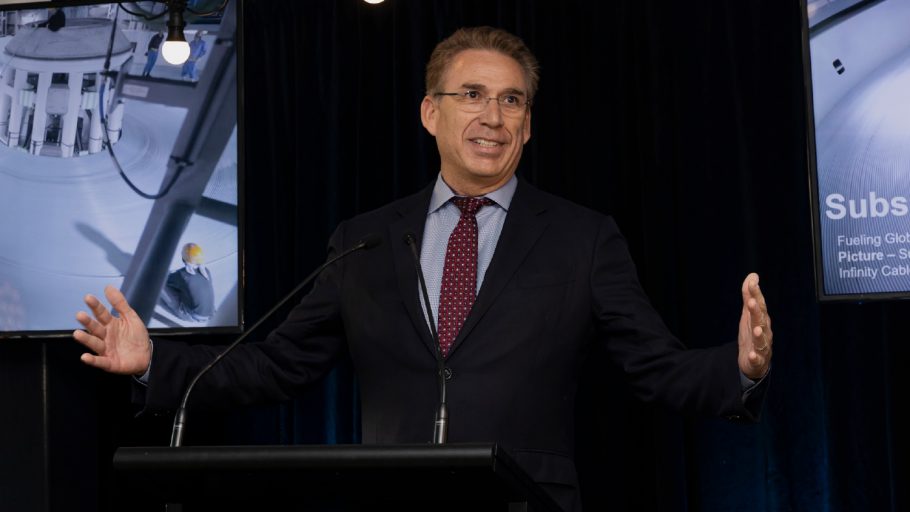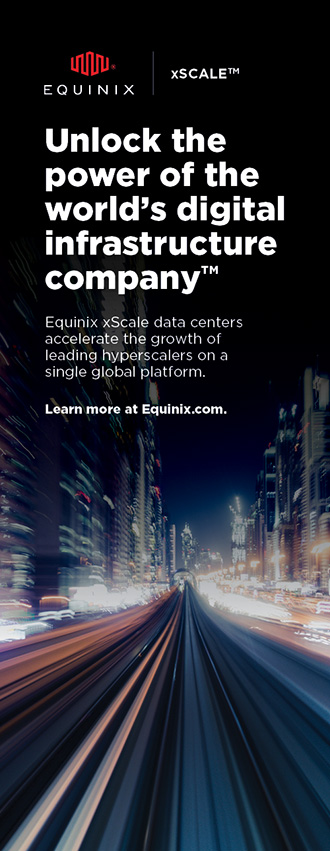Connectivity isn’t everything; it’s the only thing. Subsea cables increase trade, improve education, accelerate research, optimize communications, and enable digital security.
Brunei lost billions on its oil contracts when its sole cable to the rest of the world went down in the late 1990s. Asia essentially decoupled from the world for several weeks when Taiwan’s 2008 earthquake wreaked havoc on subsea cables. Saipan and Northern Mariana Island banks, airport, social services, and hospitals stopped functioning when Saipan’s only subsea cable that was connected to Guam went dark in 2017.
Put another way: without subsea cables and the connectivity they bring, it is back to the stone age.
What subsea cables need
Less than one transpacific cable is successfully completed each year. In fact, very few cables are ever completed—most die before getting to the starting line. Many say that cables die due to lack of funding, but it’s likely more about the lack of long-term relationships.
In order of priority, subsea cables require (1) intellectual capital, (2) landing parties, (3) supplier relationships, and (4) sufficient capital. Each requires strategic relationships, and all are essential. Money is the least important since, if the boxes are checked on the first three, the funding eventually comes.

Australia’s reliance upon subsea cables
Australia has a population of 26 million people, and 5.5 million of them live in Sydney. With over 20 percent of Australians based in an area that lacks landing diversity and subsea cable redundancy, catastrophic outages already have increased potential from basic infrastructure alone. As Tim Marshall’s brilliant book, The Prisoner’s of Geography, showcases, physical geography (seas, mountains, rivers, deserts, borders, and weather) shapes everything about a country, from its strengths and vulnerabilities to its decisions around world affairs. Digital infrastructure and its geography affects a country in much the same way.
In 2018, construction began on RTI’s Japan—Guam—Australia South Cable System (JGA South). It was the Sunshine Coast Council that finalized their agreement to build a branch connecting to JGA South while everything was in motion.
Understanding what the longer-term opportunity would be, and to ensure transparency, RTI stepped to the side to allow Sunshine Coast to pay the supplier directly. In doing so, Sunshine Coast understood that RTI’s longer-term plans were to assist in developing the neutral data center so that it could realize its potential as a new-and-essential tech hub for Australia.
Of course, it’s never as easy as it looks—there were strict environmental permitting issues to protect the pristine shores of the Sunshine Coast, the community was interested but skeptical, as they’d been burnt before, and the ISPs were discouraged by the general environment of the innovation-killing-mantra, “Don’t make waves.”

Encouraging Leadership in Queensland
RTI observed that the entrepreneurs in Queensland were all-in. They knew that all content exiting Queensland must first go to Sydney before departing for international waters. Yet they questioned why this process had to exist, as Sunshine Coast provide subsea cable diversity, new cable redundancy, and a once-in-a-generation opportunity.
Sensing a disparate group of entrepreneurs who lacked encouragement, RTI hired a storyteller journalist to write several relevant articles to generate interest and awareness. RTI sought to elevate those who received little attention, yet consistently delivered on the most innovation: entrepreneurs!
The storyteller’s articles achieved what was intended for the greater good—to accelerate the bond among the perpetually overlooked entrepreneurs. With the intent to remove the distractions between the cable owner, RTI, and the entrepreneur, RTI visited the Sunshine Coast and brought its subject matter experts (SMEs) to meet the entrepreneurs in Brisbane during the branch’s construction.
ABOUT THE AUTHOR
Russ Matulich is the Founder and Group CEO of RTI Cables, a leading independent subsea cable owner and operator that provides large-scale network solutions across a variety of industries. Matulich was previously Managing Director of APAC with TE SubCom (formerly Tyco Telecommunications), where he led the market by facilitating multiple cables across Asia, Australia, and the United States. Those cables—including TPE, UNITY, PPC-1, and SJC—were valued at two billion AUD.



